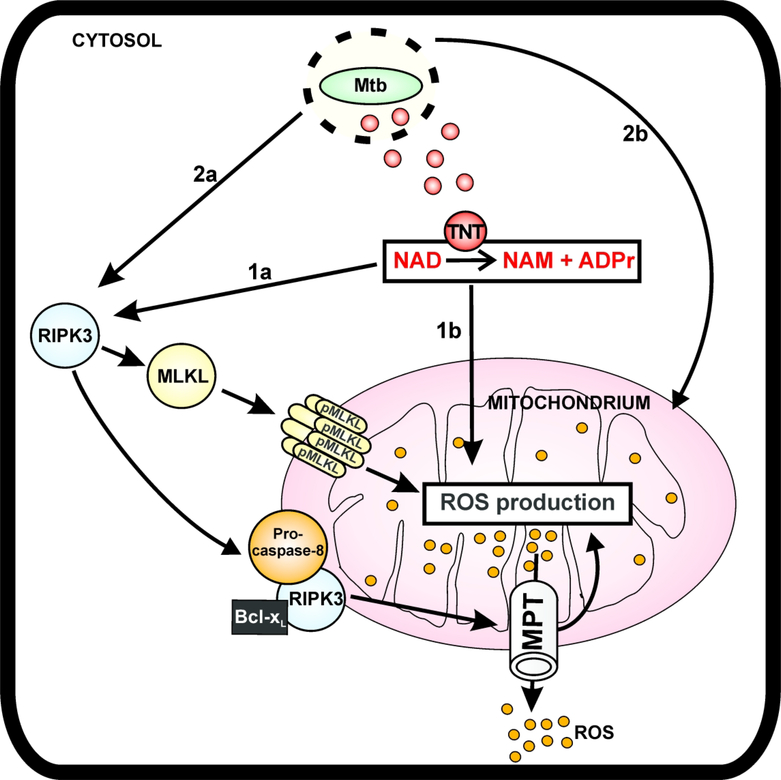Figure 6. Model of ROS production in macrophages infected with Mtb.
After phagocytosis, Mtb permeabilizes the phagosomal membrane enabling the translocation of TNT to the cytosol (Sun et al., 2015). TNT hydrolyzes the cytosolic NAD+ to nicotinamide (NAM) and ADP-ribose (ADPr), activating the necroptosis effectors RIPK3 and MLKL (Pajuelo et al., 2018). Activated RIPK3 migrates to the mitochondria and recruits Bcl-xL (Zhao et al., 2017). The RIPK3-Bcl-xL complex prevents caspase-8 activation and, together with oligomerized pMLKL, induces ROS production by opening the mitochondrial permeability transition (MPT) pore and other mechanisms (pathway 1a). The enzymatic activity of TNT also increases ROS production in a necroptosis-independent manner as a consequence of either NAD+ depletion or by signaling of the NAD+ hydrolysis products (pathway 1b). Additionally, necroptosis is activated by Mtb in a TNT-independent manner and induces ROS accumulation by the RIPK3/MLKL pathway (pathway 2a). Other uncharacterized Mtb factors also contribute to ROS production in macrophages infected with Mtb in a TNT- and necroptosis-independent manner (pathway 2b).

